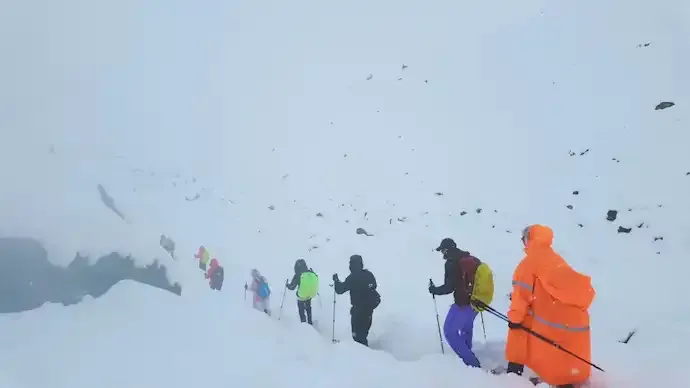Shopping cart
Your cart empty!
Terms of use dolor sit amet consectetur, adipisicing elit. Recusandae provident ullam aperiam quo ad non corrupti sit vel quam repellat ipsa quod sed, repellendus adipisci, ducimus ea modi odio assumenda.
Lorem ipsum dolor sit amet consectetur adipisicing elit. Sequi, cum esse possimus officiis amet ea voluptatibus libero! Dolorum assumenda esse, deserunt ipsum ad iusto! Praesentium error nobis tenetur at, quis nostrum facere excepturi architecto totam.
Lorem ipsum dolor sit amet consectetur adipisicing elit. Inventore, soluta alias eaque modi ipsum sint iusto fugiat vero velit rerum.
Sequi, cum esse possimus officiis amet ea voluptatibus libero! Dolorum assumenda esse, deserunt ipsum ad iusto! Praesentium error nobis tenetur at, quis nostrum facere excepturi architecto totam.
Lorem ipsum dolor sit amet consectetur adipisicing elit. Inventore, soluta alias eaque modi ipsum sint iusto fugiat vero velit rerum.
Dolor sit amet consectetur adipisicing elit. Sequi, cum esse possimus officiis amet ea voluptatibus libero! Dolorum assumenda esse, deserunt ipsum ad iusto! Praesentium error nobis tenetur at, quis nostrum facere excepturi architecto totam.
Lorem ipsum dolor sit amet consectetur adipisicing elit. Inventore, soluta alias eaque modi ipsum sint iusto fugiat vero velit rerum.
Sit amet consectetur adipisicing elit. Sequi, cum esse possimus officiis amet ea voluptatibus libero! Dolorum assumenda esse, deserunt ipsum ad iusto! Praesentium error nobis tenetur at, quis nostrum facere excepturi architecto totam.
Lorem ipsum dolor sit amet consectetur adipisicing elit. Inventore, soluta alias eaque modi ipsum sint iusto fugiat vero velit rerum.
Do you agree to our terms? Sign up

Efforts to evacuate more than 200 trekkers stranded near Mount Everest’s eastern Kangshung face in Tibet are expected to conclude by Tuesday, following a sudden blizzard that hit western China over the weekend, a source familiar with the situation said.
The blizzard caught hundreds of hikers offguard, many of whom had flocked to Tibet during China’s eight-day holiday starting October 1, hoping to explore the remote valleys and catch views of Everest’s eastern slopes.
“Thankfully, some people ahead of us were breaking trail, leaving footprints we could follow — that made it a little easier,” said Eric Wen, 41, who trekked 19 km through heavy snow to reach safety.
The stranded trekkers began being guided to safety on Monday and are expected to reach Lhasa, Tibet’s capital, by Tuesday, according to regional sources. Authorities had no immediate comment on the situation.
Prior to this operation, 350 hikers stranded in Karma Valley, at an average altitude of 4,200 meters, were rescued safely over the weekend. Tragically, one trekker in the Qilian Mountains on the border of Qinghai and Gansu provinces died of hypothermia and acute mountain sickness, while 213 others were pulled to safety.
Authorities further west in Xinjiang’s Altai mountains suspended hiking and camping in the Kanas lake district, warning trekkers of potential dangers. Police also convinced over 300 hikers heading for the region to turn back, while highways blocked by ice and snow have been cleared to allow safe passage of tourist vehicles.
Karma Valley, first explored by Western travellers a century ago, is known for its lush vegetation and untouched alpine forests fed by glacial melt, contrasting sharply with the arid north face of Everest. Despite its beauty, the region remains highly vulnerable to sudden weather changes, making trekking expeditions challenging and potentially life-threatening.
This ongoing rescue underscores the risks of high-altitude trekking in Tibet and the importance of preparedness, early warnings, and rapid response during unexpected blizzards.
4
Published: Oct 07, 2025